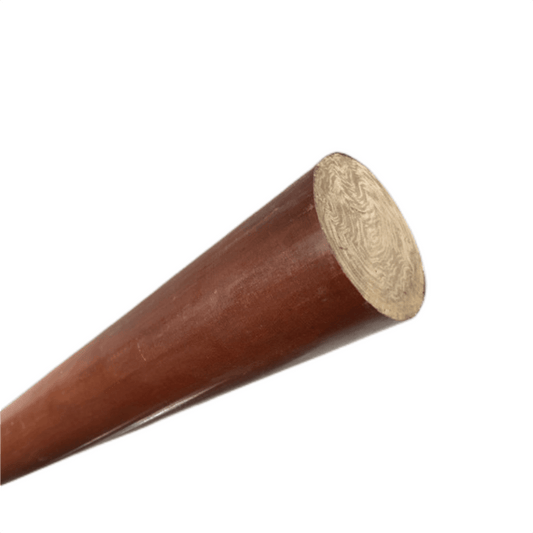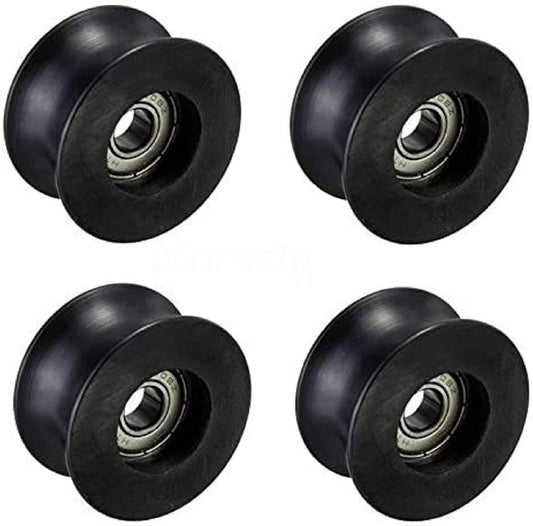Polyphenylene Sulfide (PPS) is an advanced engineered thermoplastic distinguished by its thermal stability, chemical resistance, dimensional stability and inherent flame retardancy. With working temperature over 200°C, PPS demonstrates durability unparalleled among conventional plastics.
🎉🎉🎉Limited Time Offer Use code: QR4GNY08SHVR at checkout and enjoy a special discount on your entire order! 👉PPS board
As a high-performance plastic, PPS is transforming key industries including automotive, aerospace, electronics, medical devices, and more. Continued materials research and product development is unlocking new applications for this versatile material. Let’s explore some of the innovative ways PPS plastic is being utilized across various sectors.
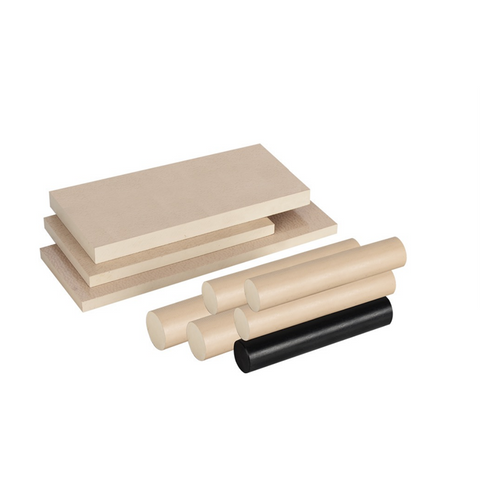
PPS Plastic in the Automotive Industry
Keyword: PPS in automotive industry
The extreme temperatures and demanding performance requirements in automotive applications present challenges for typical plastics. PPS possesses superior strength and heat resistance allowing it to thrive in uses such as turbo air coolers, valve covers, fuel handling components, brake systems, sensors, and structural parts.
Implementation of PPS enables improved fuel efficiency, reduced emissions, and enhanced safety and reliability. With industry trends pointing to smaller, turbocharged engines and electrical systems operating at higher temperatures, PPS plastic has become an indispensable material spurring automotive innovation. A German auto manufacturer utilizes PPS resin for the Turbo Air Duct component, taking advantage of its superb dimensional integrity.

PPS Material in Electronics
Keyword: PPS material in electronics
In electronics, PPS satisfies key thermal, electrical, and mechanical prerequisites for high-speed data transfer interfaces, wireless antennae, semiconductor testing equipment and high-wattage resistors etc. With a dielectric strength on par with fluoropolymers, PPS demonstrates superior insulation properties. This allows production of smaller, higher frequency electronic components.
PPS smartphone back-cover modules provide outstanding flame retardancy. High temperatures in semiconductor testing won’t compromise precision instruments made with PPS boards and fixtures, thanks to its thermal properties. Innate lubricity also permits smooth PPS molded electrical connectors.
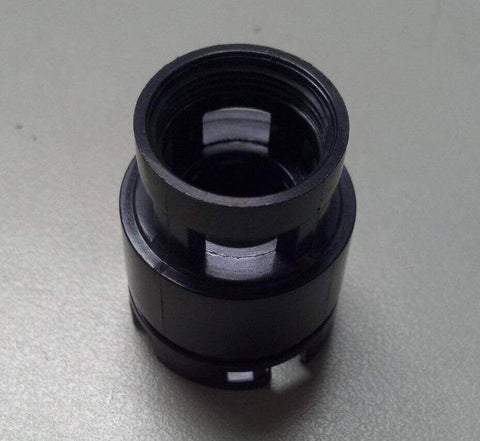
PPS in Aerospace Applications
Keyword: PPS in aerospace applications
Major aerospace corporations leverage PPS’s extreme durability along with light weight to craft components enduring brutal flight conditions. With its dimensional stability, a precision-machined PPS part stays consistent despite atmospheric volatility. PPS won’t warp or erode at high altitude air pressures.
PPS composites replace traditional metals in aircraft structural elements and piping systems. On the popular Airbus 380, PPS resin makes possible thinner yet stronger landing gear doors, saving 340kg total aircraft weight. Appliances and circuitry onboard spacecraft like Voyager 1 achieve longevity crossing interstellar space thanks to protective PPS cases shielding from cosmic radiation and solar flares.
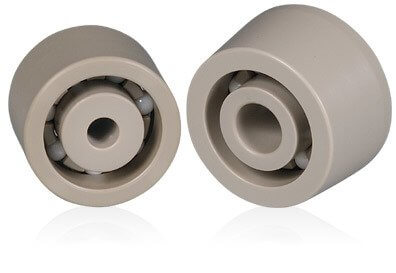
The Versatility of PPS in Consumer Products
Keyword: PPS in consumer products
Beyond extreme industrial environments, versatile PPS also improves everyday appliances like hair dryers, space heaters and laptop chargers vulnerable to high operating temperatures. Exceptional rigidity at over 200°C maintains integrity of internal components. PPS cases and internal parts additionally impart enhanced safety given excellent flame retardancy.
Kitchen appliance manufacturers mold PPS into food dehydrator trays, taking advantage of supreme heat resistance and the FDA-approved status for food contact. Part durability translates into consumer products boasting extended lifespan compared to those produced using conventional plastics. The sustainability factor presents another bonus.
PPS Plastic in Medical Devices
Keyword: PPS plastic in medical devices
Strict standards demand medical instruments withstand repeated sterilization without compromise. PPS satisfies biocompatibility prerequisites for medical devices with direct human contact like respiratory equipment components or orthopedic braces securing fractures. Repeated autoclaving won’t deteriorate PPS.
Beyond routine applications, PPS makes possible cutting-edge advances like the artificial heard unveiled in 2022 by an American biomaterials company. Capable of pumping tirelessly for years, the soft rubbery heart mesh consists of intricate pentagonal PPS microbeads ensuring structural integrity to continuously oxygenate blood.

PPS in Environmental Technology
Keyword: PPS in environmental technology
PPS aligns superbly with environmentally responsible objectives in industries like renewable energy. Wind turbines utilize enormous rotor blades manufactured from PPS composites maximizing durability in extreme meteorological punishment. Offshore turbines specifically demand water-resistant construction impervious to salt corrosion; PPS excels on both counts.
Recyclers additionally process PPS pellets into filaments for sustainable 3D printing applications. Unlike more common materials like ABS with low glass transition temperatures, PPS empowers production of durable end-use parts sporting higher heat deflection temperatures. Trained technicians safely reuse PPS plastic excess.
PPS Material in Robotics and Advanced Manufacturing
Keywords: PPS material in robotics, PPS plastic in manufacturing
Cutting-edge automated factories call for construction materials balancing strength and flexibility. PPS plastic in manufacturing satisfies both, water-jet machining into ultra-precise shapes for articulated joints while ensuring high rigidity at temperatures intensifying throughout extended high-speed operation without lubrication.
NASA robots navigating otherworldly terrains like Martian craters rely on PPS plastic components tested exhaustively in the most unfathomably hostile simulation environments. Jointed Lunar probes feature tiny PPS sensors providing position feedback, constructed resilient enough to withstand relentless intergalactic radiation and extreme freezing temperatures.
The Future of PPS Plastic
Keyword: PPS plastic future prospects
As highlighted above, Polyphenylene Sulfide has firmly positioned itself as a staple in diverse modern engineering challenges. New applications continue emerging as researchers discover advantageous chemical derivations or compounding recipes further elevating native PPS performance benchmarks.
One frontier garnering attention includes conductive PPS compounds integrating particular fillers to achieve exciting electronic capabilities supplementing the base material’s strengths. PPS plastic future prospects appear brilliant indeed. Ongoing longevity testing of PPS automotive parts recently surpassed 10 years with no signs of degradation, affirming its distinction as an advanced thermoplastic perfectly suited for tomorrow’s innovation breakthroughs.

In summary, this article showcases Polyphenylene Sulfide's transformative role across major world industries. Extreme thermal endurance and chemical resistance essentially rewrites limitations constraining design engineers when choosing commodity thermoplastics. As disciplines like robotics, renewable energy and next-generation vehicles push performance requirements even further, they turn increasingly to elite plastics like PPS to manifest sheer possibility into reality.
Readers pursuing roles across manufacturing sectors from consumer products to aerospace are encouraged to further explore PPS plastic capabilities. Please browse www.beeplastics.com for available PPS sheets, rods and finished components. Contact us with inquiries into precision tolerances achievable utilizing PPS. Comment below on unique PPS applications inspiring your imagination!
🎉🎉🎉Limited Time Offer Use code: QR4GNY08SHVR at checkout and enjoy a special discount on your entire order! 👉PPS board




